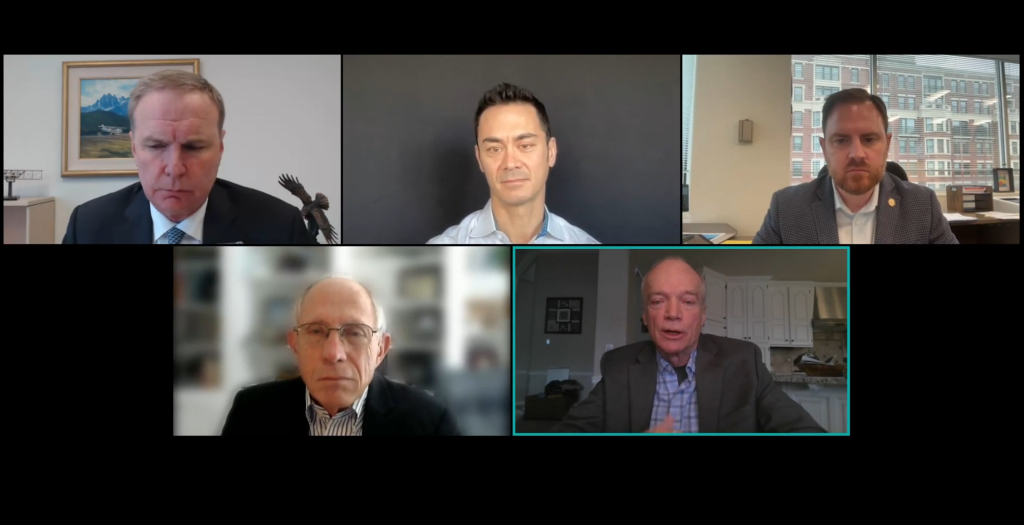In the wake of several high-profile accidents and incidents this year, at least three of which have involved business aircraft, even the most seasoned industry professional may themselves have asked the question dominating news headlines: “Is it safe to fly?”

A March 6th News Hour webinar hosted by the NBAA Safety Committee and moderated by President and CEO Ed Bolen unpacked that concern. “We recognize that question as both relevant and urgent,” Bolen said, noting that while the answer remains a resounding yes, “The purpose of today’s dialogue is not to pat ourselves on the back – it’s to roll up our sleeves.”
CJP Safety Committee Chair Charlie Precourt emphasized the importance of a thorough and honest debrief following every flight. “We used it in both the military and at NASA,” he said. “Every flight became a training flight, even if it wasn’t necessarily meant to be. We would get together after[ward] and we would debrief the heck out of it, every single time we flew.”
Technology has helped in that process, with the growth of flight data monitoring allowing operators to critique their flying and identify areas for improvement. Precourt cited the benefits CJP members have seen from utilizing such data-driven flight debriefings, including through the association’s Safe to Land(R) program.
“We found there were high sink rates in the base to final turns,” he explained. “By taking that data and feed it into specialized training – not ‘box-checking’ – we [could] have more time to dedicate to the things that are causing us trouble.”
When such mistakes are identified, a just safety culture focuses on learning from these errors to reduce the chances of repeating them. “It’s a lot better to fix the problem than to fix the blame,” said former National Transportation Safety Board (NTSB) Chair Bruce Landsberg. “Whether it’s on the ATC side or whether it’s on the flight side, everybody’s trying to do the right thing.”
Even the U.S. Air Force Thunderbirds precision flight team adopted that approach in 2020 following a series of mishaps, said former Thunderbirds pilot Michael “Thorny” Brewer.
“We actually changed things from grade sheets [that] were defensive and almost felt punitive in nature, [to] a written debrief on what we what we did well; what we could do better; and what we wanted to work on for the next sortie,” he said.
By fostering that mindset throughout the industry, “I feel safe putting my family on aircraft,” Brewer added, “but we can always be better. And I think that discussions like this that are happening and are fostering that incredibly safe culture in aviation.”
Common themes of the discussion included the importance of the foundation of a just safety culture, necessary funding for the rapid deployment of important safety technologies, and industry-government coordination, communication and collaboration.
And while recent events may seem to form a disquieting pattern, it’s important to remember that “safety is not a light switch,” said Nick Daniels, president of the National Air Traffic Controllers Association (NATCA). “It wasn’t safe, and then unsafe,” Daniels said. “Safety is the managing of risk. As you see risk build up, don’t be quiet about it. Say something so that we can evaluate it.”